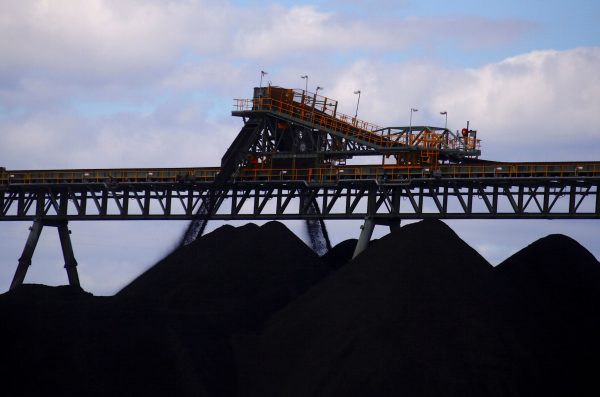Frydenberg has emphasised the importance of forging ‘partnerships with like-minded countries’ and staying true to ‘core values’. While sensible in principle, economic realities must be considered. And as a new report by the Australia-China Relations Institute explains, these realities are being obscured by local analysis and commentary.
For starters, it’s inaccurate to frame Australia’s disrupted exports to China as part of a broader decoupling trend. One pundit has claimed that the global economy is becoming divided into two blocs — ‘one dominated by Western liberal-democracies competing against a Sino-led bloc populated by weaker developing nations and authoritarian states’.
While it’s true that trade has been falling as a percentage of China’s GDP since 2006, it remains significantly higher in China at 35 per cent than in the United States at 23 per cent. The value of two-way trade between China and every major region of the global economy continues to increase. From January–September 2021, two-way trade between China and Oceania increased by 36 per cent compared to the same period in 2019. China–North America trade rose by 33 per cent despite both Washington and Beijing imposing an average tariff of 20 per cent on each other’s goods. This underscores the deep economic complementarities between the United States and China.
In September, US Commerce Secretary Gina Raimondo made clear that the United States is not focused on decoupling with China and had ‘no interest in a cold war with China’. US Trade Representative Katherine Tai said her goal was ‘a kind of recoupling’. She planned to tackle ongoing US concerns through direct dialogue and negotiations with Chinese counterparts.
Meanwhile, Australian Trade Minister Dan Tehan has not been able to secure a phone call with Chinese counterparts since he took on his portfolio a year ago.
This leads to the second economic reality for Australia. Strategic friends can be fierce commercial rivals and will not set aside the opportunity to sell more to China out of solidarity with Australia.
Australia’s export of 12 disrupted goods to China slumped by a combined US$12.6 billion in 2021 compared to the same period in 2019. China’s total import values increased for seven of the 12 goods, with many other countries picking up the lost Australian sales. The most prominent among these was the United States, which saw its exports of the same goods leap by US$4.6 billion. Sales of these goods by Canada and New Zealand to China jumped by US$1.1 billion and US$786 million, respectively.
Third, for all the prominent voices in friendly capitals urging compatriots to step up their purchases of Australian ‘freedom’ and ‘democracy’ wine following Beijing’s prohibitive tariffs, trade data reveals that these calls have gone mostly unheeded. Australian bottled wine sales to China have collapsed by US$481 million or 98 per cent. This dragged down total bottled wine exports by 25 per cent. Increased US purchases compensated to the tune of just US$7.1 million.
It’s correct that the pain for commodities exporters has been mitigated by global markets re-directing sales elsewhere. But with more coal now going to Turkey (up by US$191 million), barley to Saudi Arabia (up by US$520 million) and cotton to Vietnam (up by US$351 million), it’s again clear that countries that share ‘core values’ with Australia haven’t suddenly replaced China as a driver of prosperity.
Finally, triumphalist assertions that a trade decoupling from China won’t hurt too much are premature. The problem with claims that the costs of decoupling are lower than assumed is that the case has not been made that a significant decoupling has even occurred. While trade in some goods has fallen, in the 2021 September quarter, the total value of Australia’s goods exports to China was 72 per cent higher than the 2020 April quarter, immediately before Beijing’s trade strikes began. Goods imports from China were 62 per cent higher. Many big-ticket items like liquefied natural gas continue to be traded as before.
None of these economic realities excuse or obscure the need for Beijing’s campaign of trade coercion against Australia to be called out for what it is. Nor do they imply that Australia ought to give up on the idea of cooperating with strategic friends as part of the response. Even support that is limited to rhetoric raises reputational costs to Beijing. And costs might sometimes be worth bearing, even if Australia mostly bears them alone. The point is that the best response requires a complete and factual appreciation of the available options.
James Laurenceson is Professor and Director of the Australia-China Relations Institute at the University of Technology Sydney.

